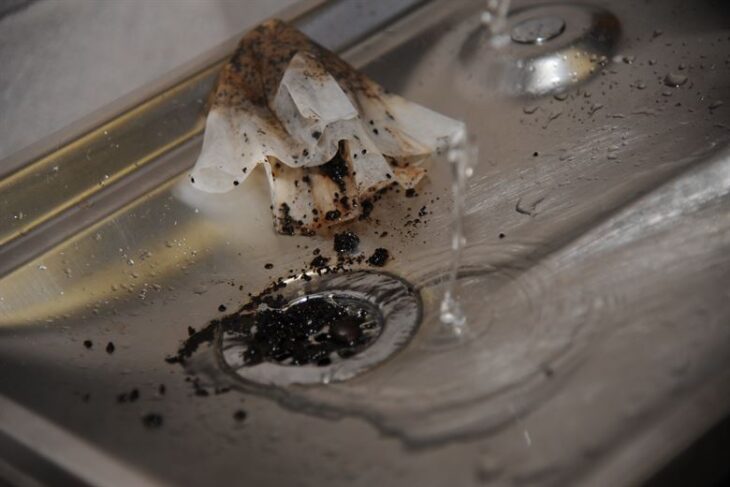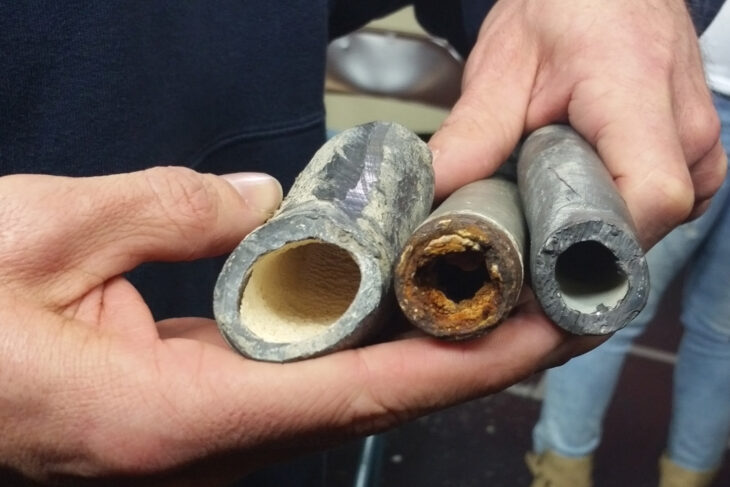It’s time to face a hard truth as a homeowner: clogs happen whether you are prepared for them or not. Even meticulously maintained drains sometimes fall victim to backups. But knowledge is power, and being aware of what causes clogs can help to prevent them from happening often, if at all.
We have spoken to Pratt Plumbing (a well-known plumbing company in Amarillo, TX) and according to their plumbers, these are four of the most common causes of clogs, listed in no particular order.

1. Hair
Loose hair is one of the biggest culprits of clogs, especially in bathroom drains. When hair collects in your drain, it tends to get tangled up and can form, for lack of a better term, a hairball within your pipes. When this happens, it makes it difficult for water to drain through.
The good news is, this doesn’t have to lead to a vicious cycle of hair clogs and removal. Installing a drain catcher acts as a strainer for your plumbing, preventing hair from reaching your plumbing. Simple habits such as brushing your hair before you shower and cleaning your drains by running hot water down them once a month can also help to prevent backups.

Source: Drain Cleaning | Elkhart IN
2. Soap scum and residue
It’s great to wash your hands with soap often, and we won’t dissuade you from doing so. But you should be aware that soap scum can cause problematic clogs in your plumbing if left to its own devices for too long. Even liquid soaps, such as body wash, have the potential to cause clogs if you don’t keep up with a routine cleaning and maintenance schedule.
When soap scum builds in your drain, it creates a nearly impassable barrier, leading to clogs and backups. To fix this problem, and prevent it from happening in the future, you can mix baking soda with water and run the mixture down your drain at the sign of a soap scum clog. Installing a drain catcher can also help with this common issue.

Source: Drains Plus
3. Food particles
If you notice an interesting odor coming from your drain, food particles are a likely source of your problem. Even small food particles can work their way into your drain and plumbing, resulting in (oftentimes stinky) clogs.
To prevent food particles from wreaking havoc on your plumbing systems, install a drain catcher and be careful to avoid letting certain substances, such as grease, coffee grounds, and foods that swell like rice and pasta, go down the drain.
Grease is a big contributor to drain clogs across the country. It may go down the drain as liquid, but once it mixes with everything along the trip and then congeals, it can become a powerful clog to overcome. We suggest pouring it into a container and letting it cool before disposing of it along with your household trash.
Egg shells and coffee grounds are just an example of what can get caught up in any oil residue left on those pans. You may have been diligent about disposing of grease into the trash, but there will still be residue on those pots and pains that will travel down the pipes and mixing that with those 2 common ingredients are a recipe for disaster.
Other items to watch out for:
There are flushable items on the market today that we do not recommend putting into our plumbing system. Flushable wipes may be a tempting product, but we do not recommend putting them down your pipes. Most do eventually break down into your plumbing system, but the length of time is longer than toilet paper and you run the risk of clogs while you are waiting for that to happen.
Flushable kitty litter is also a convenience item for pet owners that may prove to be a danger to some plumbing systems.
Medication and household liquids should never be disposed of down our drains. The risk of those elements joining with your neighborhood water supply is not one that you want to take lightly.

Source: Indiana Public Radio
4. Corroding pipes
If your plumbing system is older and hasn’t been properly maintained, your clogs could be coming from the larger issue of corroding pipes. If this is the case, it’s likely time to call in the professionals for an update. To keep the corrosion at bay, you can try some DIY methods such as locating the source of corrosion and applying a mixture of vinegar and baking soda, letting it sit, and cleaning it off. This is a temporary fix, however, and likely will not prevent future clogs from occurring.
A qualified plumber can do an inspection of your plumbing system and discuss with you his suggestion on how to repair or replace the portion of your system that he believes may be causing your clogging problems. If you’d like to get a head start, take a tour of the part of your home that many homeowners tend to forget, especially if it is only used for doing the laundry or storage of things often forgotten.
If you have a basement with exposed pipes that tour can be a very informative one. Lighting is often lacking, so bring along a flashlight, or a well charged smartphone with a flashlight app to get a good look into the corners.
This tour should not only tell you what your pipes are made of, it may also show you things you weren’t expecting. Things like minor leaks at joints or wet spots where there shouldn’t be any. If you find things like this, please consider making that appointment sooner than later. Water is a wonderful natural resource until it goes unchecked in our homes and begins to do unseen damage under our basement floor or in our walls.
Sometimes a clog can be an early warning of a larger problem. Prevention of further damage and the protection of your home is the number one concern of both you and your local licensed plumber.
